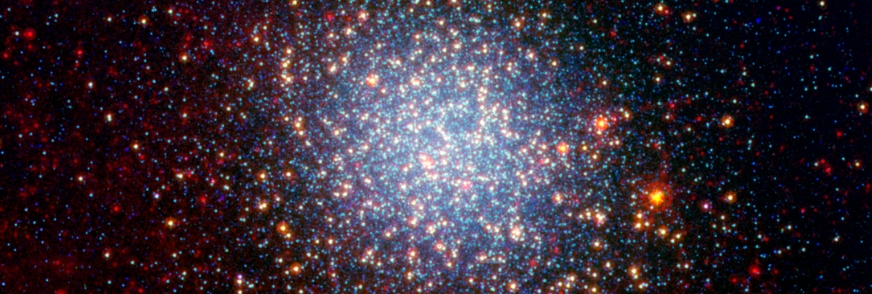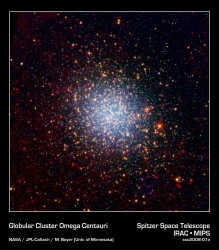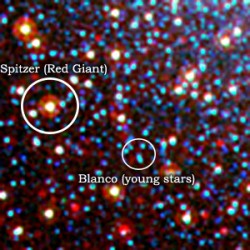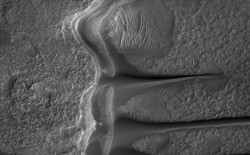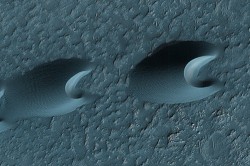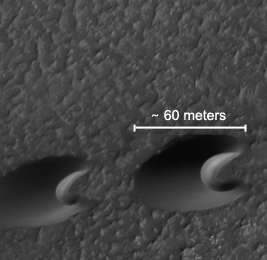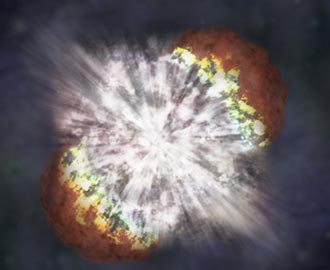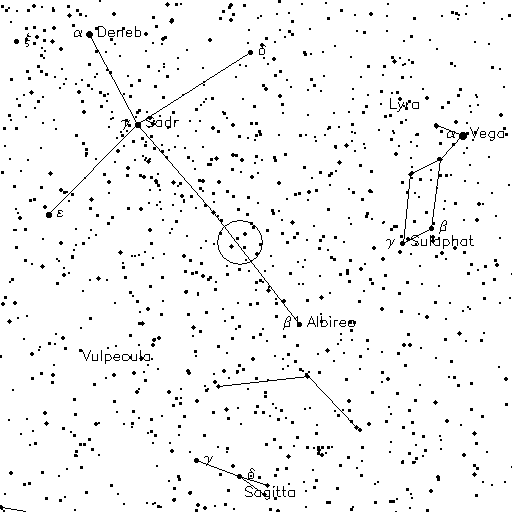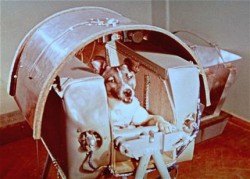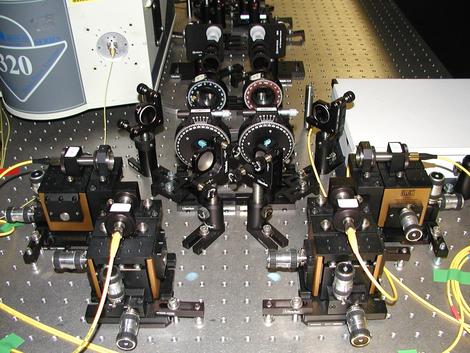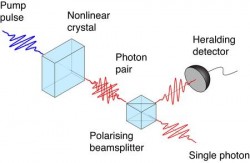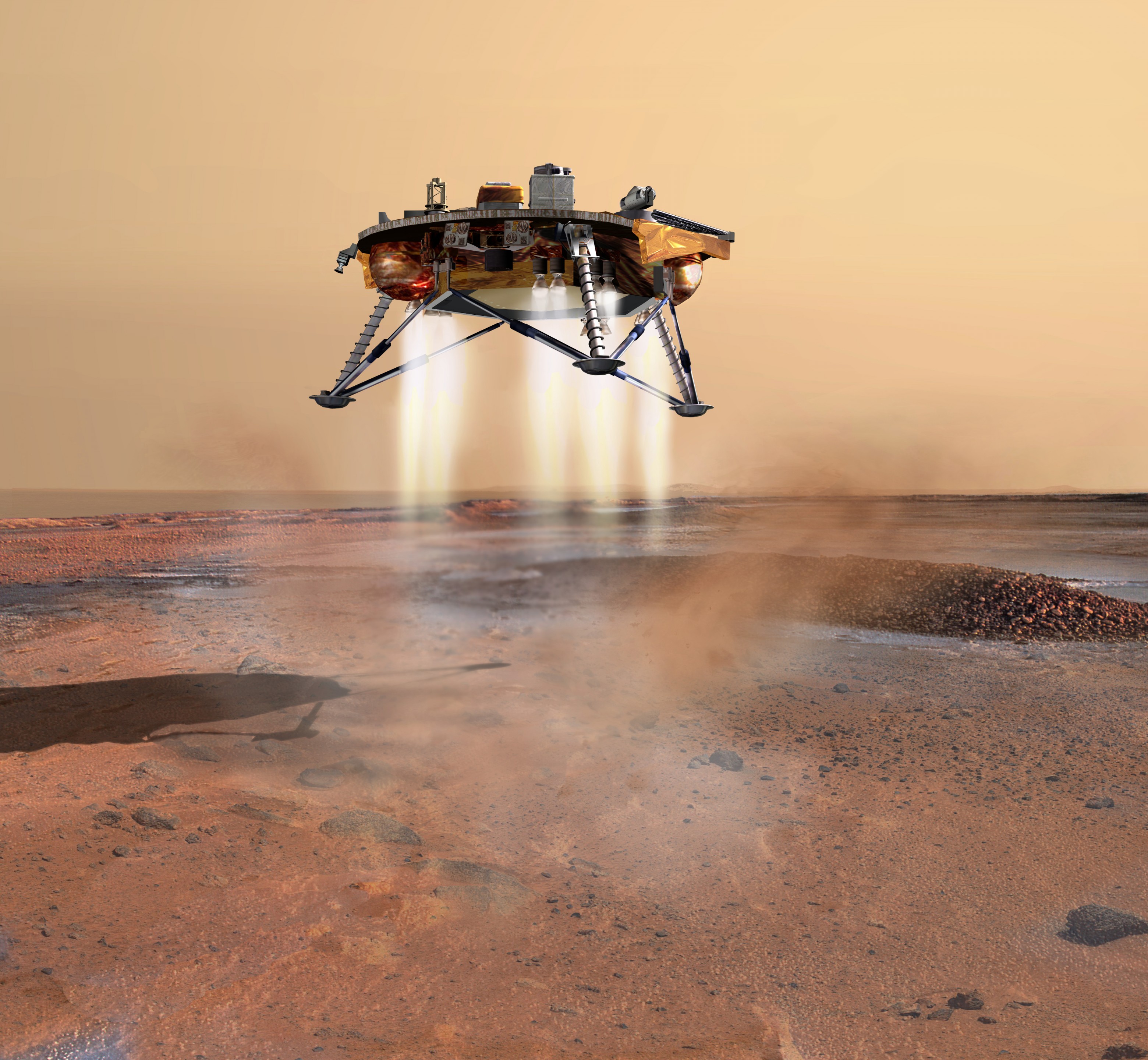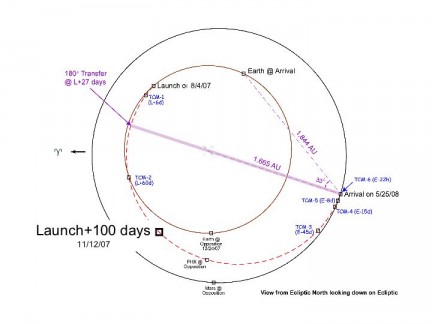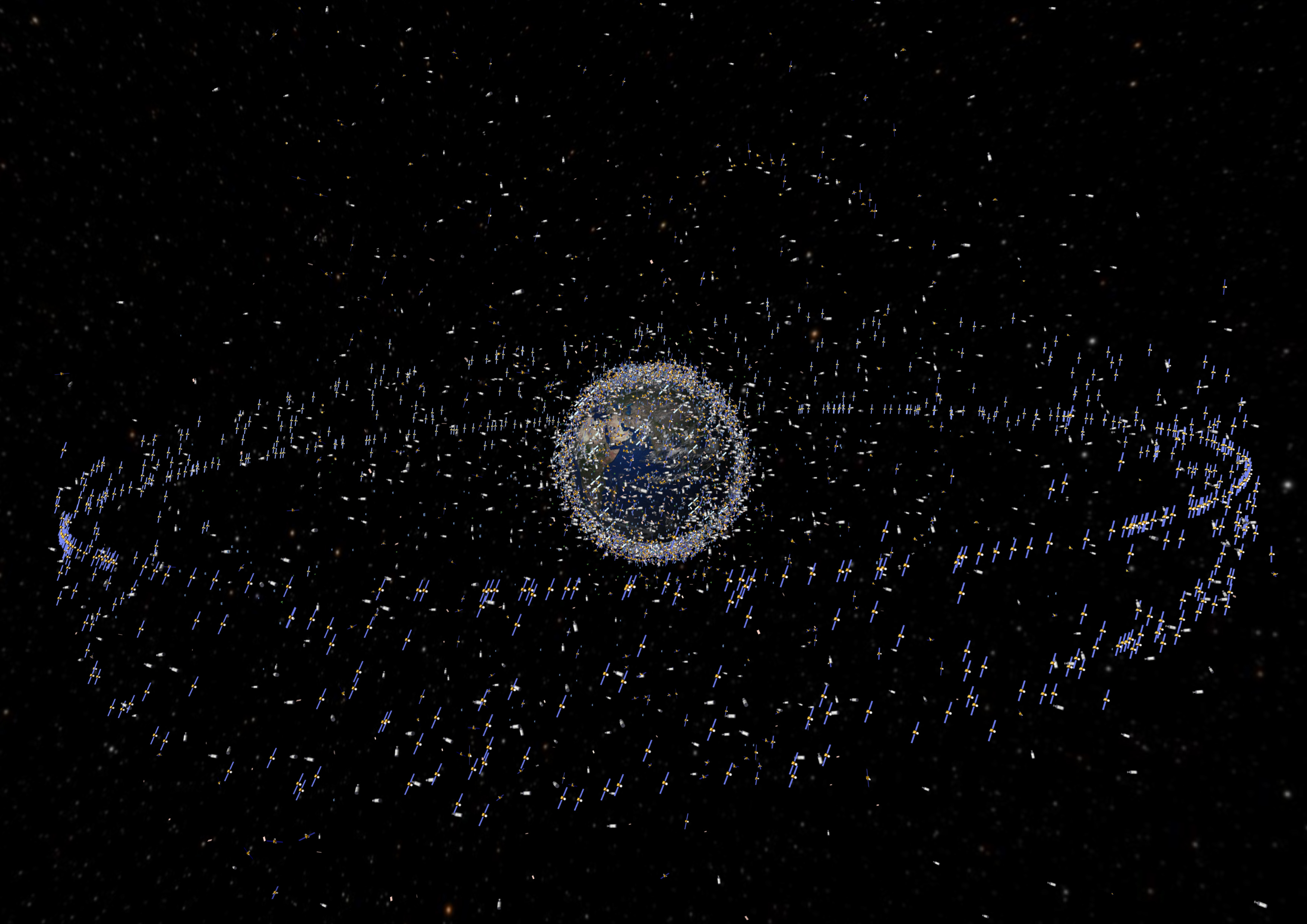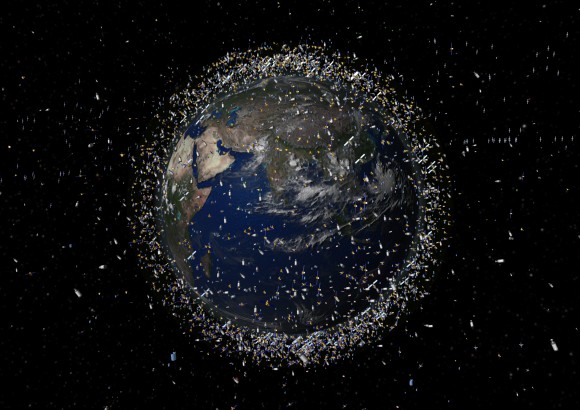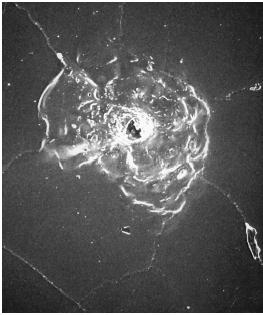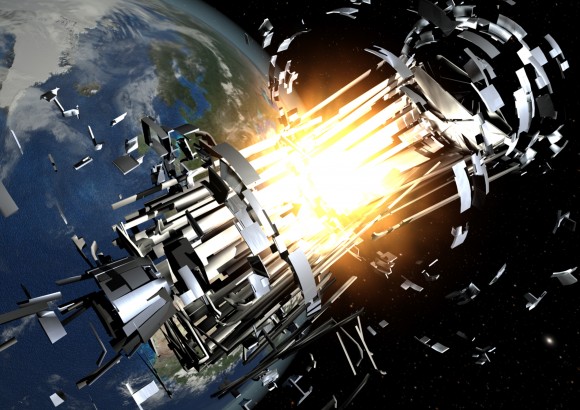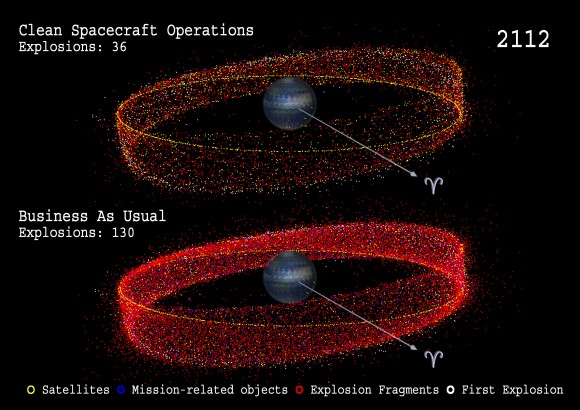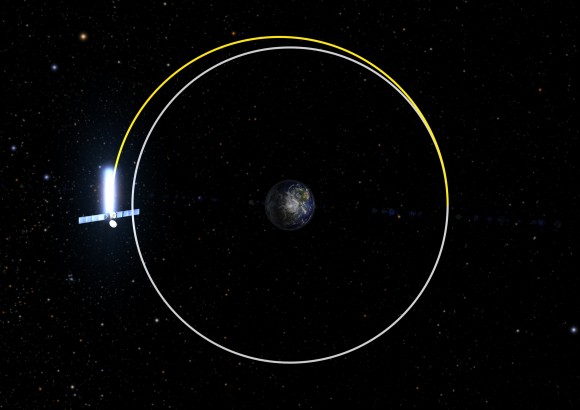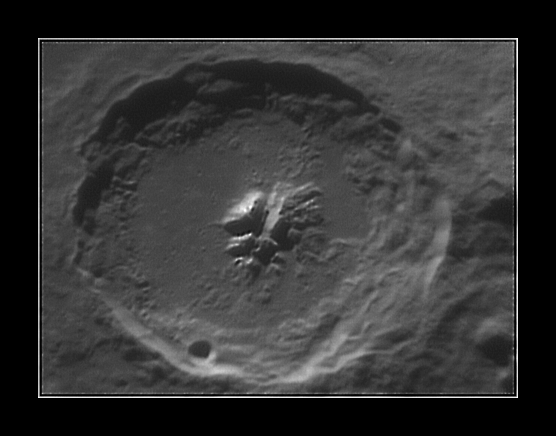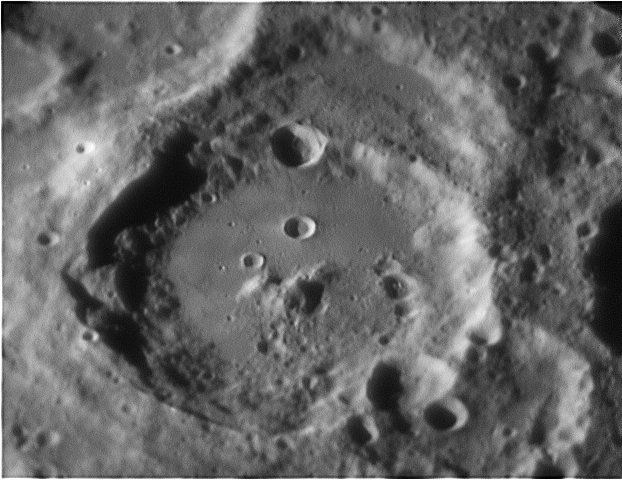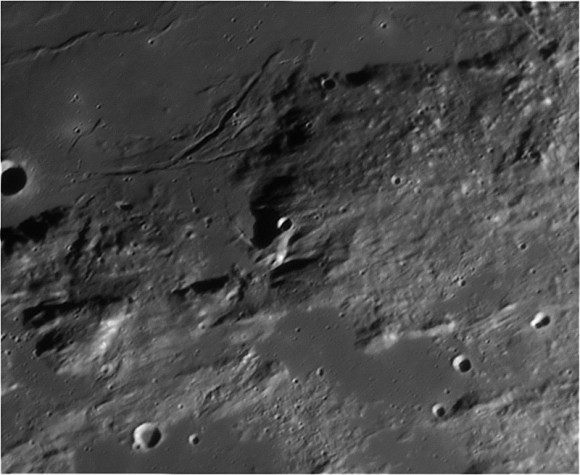Read any debate about space exploration, and this question will invariably come up. “Why should we be spending money exploring space when there are so many problems here on Earth that we need to solve first?” It’s a tricky one. I’ve got a simple answer; space exploration is awesome. Come on, think of space ships traveling to other worlds – that’s really cool.
Okay, perhaps I’ve got too simplistic an argument, so I turned to the astrosphere and posed the question to other space bloggers. Here’s what they had to say…
Alun Salt – Archeoastronomy
Historical materials suggest that there wasn’t such sharp division between earth and sky in the ancient world. Instead there was one cosmos. Space exploration reveals that while there isn’t a divine link between the heavens and the earth, it is true that what happens up there can affect what happens down here. It would be useful to know about the cosmos, rather than just be a victim of it.
Mark Whittington – Curmudgeons Corner
What is the value of space exploration? Inherent in exploration of all types is the opportunities that it opens up to the people doing the exploring. For some it is the opportunity to gain new knowledge. For others it is the opportunity to create wealth and expand commerce. For still others the opportunity lies is trancendence, to grow spirtually and to gain a greater appreciation of the universe.
Alan Boyle – MSNBC Cosmic Log
I’ve been getting a healthy dose of the American revolution lately, between watching HBO’s “John Adams” miniseries and reading David McCullough’s “1776,” and that may be the reason I’m thinking of this in terms of pledging “our lives, our fortunes and our sacred honor” rather than just thinking in terms of paying taxes. I like to think of the reasons for making that pledge, in terms of the push to outer space, as the five E’s (plus examples): exploration (to the moon and Mars), entertainment (cool Hubble pictures), energy (space solar power and asteroid mines), empire building (defending the high frontier) and extinction avoidance (fending off space rocks, and getting off this rock). Check out the log item for more.
Steinn Sigurdsson – Dynamics of Cats
Because: we look out, and wonder, and explore;
and we do what little we can on the margin of our busy lives to explore the bigger universe, today;
and that is one of the things that makes life worth living,
and gives us hope that the future can be better, for us and for future generations.
Ethan Siegel – Starts With a Bang
This is like asking why we should spend money on making our city better when there are so many problems here in our own homes. Or why we should spend money on understanding our whole world when there are so many problems here in our own country. Space is something that we are not only a part of, but that encompasses and affects all of us. Learning about the grandest scales of our lives — about the things that are larger than us and will go on relatively unaffected by whatever we do — that has value! And it might not have a value that I can put a price tag on, but in terms of unifying everyone, from people in my city to people in a foreign country to people or intelligences on other planets or in other galaxies, space exploration is something that is the great equalizer. And the knowledge, beauty, and understanding that we get from it is something that one person, group, or nation doesn’t get to keep to itself; what we learn about the Universe can be, should be, and if we do our jobs right, will be equally available to everyone, everywhere. This is where our entire world came from, and this is the abyss our entire world will eventually return to. And learning about that, exploring that, and gaining even a small understanding of that, has the ability to give us a perspective that we can never gain just by looking insularly around our little blue rock.
Bill Dunford – Riding with Robots on the High Frontier
Why should we worry about what’s going on outside the cave? We have so many problems here inside in the cave.
Why should we waste time trying to figure out agriculture? We have so much work to do hunting and gathering.
Why should we spend so much effort messing about in boats? We have so many issues here on the land.
Why should we fiddle with those computers? There is so much calculating that still needs to be done with these pencils.
Why should we explore space? We have so many problems here on Earth.
The answer to all these questions is the same: reaching for new heights often creates new solutions, new opportunity and elevated hope back on the ground.
We should NOT spend indiscriminately in space. But moderately-funded space exploration — as one small part of an overall program of basic scientific research — has blessed lives in many ways over the years, from satellites measuring drought conditions to new imaging techniques in hospitals to global communication.
Brian Wang – Next Big Future
Lack of a space program will not solve anything else faster and a well planned program [not what we have been doing] can deliver massive benefits. History shows the logical flaw.
There has been no historical example of any group “solving all of their problems before embarking on exploration/expansion/major project”. The solve all problems locally before advancing has not been shown to be a successful strategy. There has been major examples where the imperfect/highly flawed expander had major advantages over the non-expander (who was also flawed). The biggest one is China had the largest ocean going fleet in 1400’s. Then the emperor destroyed that fleet. The Western nations came a few hundred years later and forced China to give up Hong Kong and Macau for 99 years. The Europeans colonized North America and expanded economies because of those policies. The world has about a 60 trillion/year economy. There is not a shortage of resources in money or people to target problems. Well funded, well planned and well executed efforts can be directed at all of the problems simultaneously. Just putting ten times, a hundred times or a million times more money does not convert a failing plan, project against hunger, poverty, corruption into a successful plan. We better plans and better thinking.
Space exploration and development has had a lot of waste and a lack of purpose and a good plan. A strong case can be made that the overall purpose of the space programs have been one aspect of political pork with minimal space efforts and the name space program. Clearly the space shuttle and the space station have vastly under delivered for the money spent on them.
Strategies for successful space development: Focus on lowering the cost and the purpose of colonization and industrialization and
commerce (tourism etc…)
– If lowering the cost is best down with more robots then use robots first or mainly. do not force the manned program until costs go down.
– fuel depots in space (bring the costs down closer to the cost of LEO $2000/kg)
– More nuclear propulsion and non-chemical systems (mirrored laser arrays for launches).
Ian O’Neill – Astroengine
Being an astrophysicist and space colonization advocate, my natural, basic and very quick answer is: to explore the undiscovered. It is a very basic human trait to want to explore, why limit our horizons to the surface of the Earth when there are infinite possibilities for development of the human race amongst the stars? We could be on the verge of realising that this step into the cosmos is a very natural progression for us. To borrow a quote from Stephen Hawking:
“We once thought we were at the centre of the Universe. Then we thought the sun was. Eventually, we realised we were just on the edge of one of billions of galaxies. Soon we may have to humbly accept that our 3D universe is just one of many multi-dimensional worlds.” (ref)
Looking back on the 21st century, when we have established a presence throughout the solar system, future generations will view our “proto-space” selves much like how we look upon the pioneers and explorers of the 16th century who colonized the strange but fruitful lands of the Americas. Back then, the Earth was flat. Like then, the going will be tough and the rewards of “leaving the nest” will not be fully realised until we make that bold push into a new era of discovery. Space exploration is as natural as colonizing the continents; it may look costly from the outset, but in the end we’ll all benefit and evolve.
John Benac – Action For Space
Mankind’s expansion to the Moon and Mars will serve as a shocking and unifying symbol that lifts the even the poorest soul’s belief in what they, as a human, can accomplish. 7 billion people each raise their belief in what man, individually and in groups, can accomplish, and the collective change in positive self-confidence provides a new ability and impetus to solve all other problems on Earth.
Phil Plait – Bad Astronomy
First, the question of why spend money there when we have problems here is a false dichotomy. We have enough money to work on problems here and in space! We just don’t seem to choose to, which is maddening. $12 million an hour is spent in Iraq; the US government chose to do that instead of fix many problems that could have been solved with that money. NASA is less than 1% of the US budget, so it’s best to pick your fights wisely here.
Second, space exploration is necessary. We learn so much from it! Early attempts discovered the van Allen radiation belts (with America’s first satellite!). Later satellites found the ozone hole, letting us know we were damaging our ecosystem. Weather prediction via satellites is another obvious example, as well as global communication, TV, GPS, and much more.
If you want to narrow it down to exploring other planets and the Universe around us, again we can give the practical answer that the more we learn about our space environment, the more we learn about the Earth itself. Examining the Sun led us to understand that its magnetic field connects with ours, sometimes with disastrous results… yet we can fortify ourselves against the danger, should we so choose. Space exploration may yet save us from an asteroid impact, too. Spreading our seed to other worlds may eventually save the human race.
But I’m with Fraser. These are all good reasons, and there are many, many more. But it is the very nature of humans to explore! We could do nothing in our daily lives but look no farther than the ends of our noses. We could labor away in a gray, listless, dull world.
Or we can look up, look out to the skies, see what wonders are there, marvel at exploding stars, majestic galaxies, ringed worlds, and perhaps planets like our own. That gives us beauty and joy in our world, and adds a depth and dimension that we might otherwise miss.
Space exploration is cheap. Not exploring is always very, very expensive.
Astroprof – Astroprof’s Page
Space exploration is important BECAUSE we have problems here on Earth. We need to expand and grow as a species. Our planet has limited resources, and we need the resources availible in the Solar System as a whole if we are to use them to solve our problems here. The technological advances developed for space exploration also go to solving other problems on Earth. And, on top of all that, Earth is a planet. Understanding planets helps us understand our own planet. And, Earth is affected and influenced by external forces. Understanding those things also helps us to understand our planet, and allows us to adapt to changes that occur naturally or that we create.
Robert Pearlman – collectSPACE
Many of the problems we have on Earth are rooted in a our need for new ideas. From medical advancements to political diplomacy, it often takes a new perspective to find the answer. Space exploration offers the rare opportunity to look inwards while pushing out. The photographs sent back of the Earth as a “fragile blue marble”, a whole sphere for the first time, gave birth to the environmental movement. Astronauts, regardless of their home nation, have returned to Earth with a new world view, without borders. But the perspective isn’t limited to those who leave the planet. When Neil Armstrong and Buzz Aldrin walked on the Moon, “mankind” took on a new appreciation for all of humanity. It was “we” who went, even if “we” were not living in the United States. That sense of unity was recognized by the Apollo 11 crew upon their return to the planet: Buzz turned to Neil and commented, “We missed the whole thing…”
Robert Simpson – Orbiting Frog
The value of knowing about things is not quantifiable. We can qualitatively say that as we have become more knowledgeable, we have become better prepared for the things that come our way. We are more able to grow and to make progress by knowing more about the world we live in. Our planet is just one of many in a solar system that is also just one of many.
The cost of human exploration, and the risks involved, are often discussed. However everyone would seem to agree that until a human being had set foot on the Moon, we had not really been there. Likewise, it will not be until humans stand on Mars, that we have really visited the planet. Science can be done by robots and probes, but experience can still only be obtained by human beings.
Ryan Anderson – The Martian Chronicles
The List:
1. Perspective
2. Protecting and Understanding our World
3. Inspiration
4. The Economy
5. Exploration
6. New Technology
7. Answering the Big Questions
8. International Collaboration
9. Long-Term Survival
Click here to read the full version.
Of course, that’s just our opinion. What’s yours? Feel free to comment below and continue the discussion.

